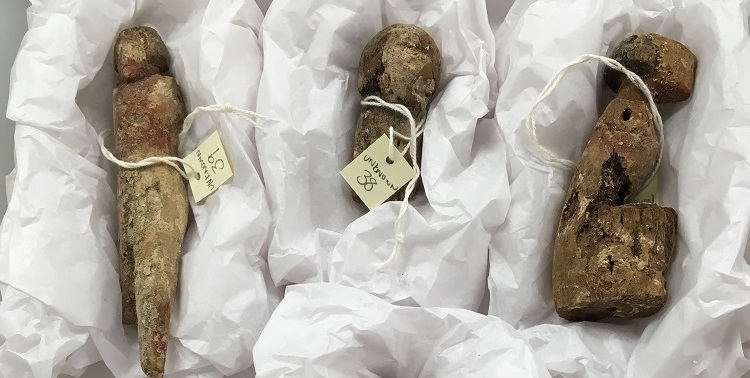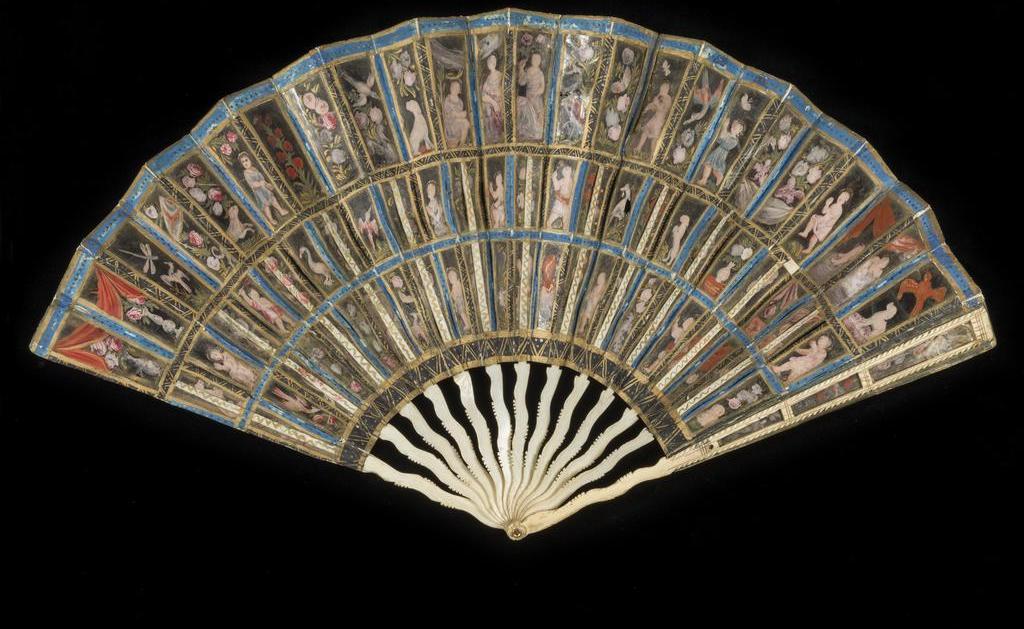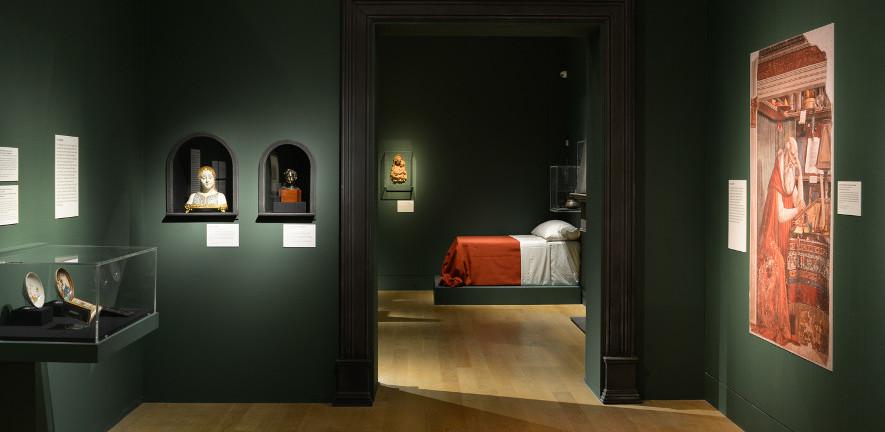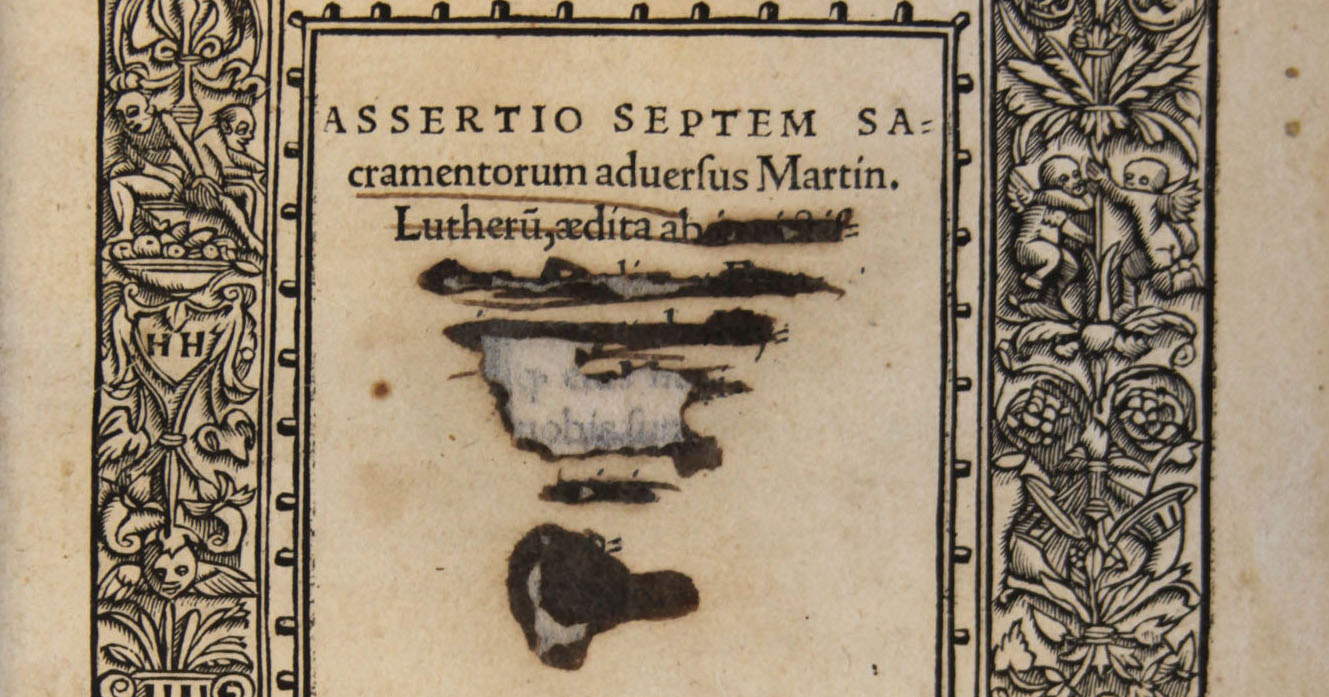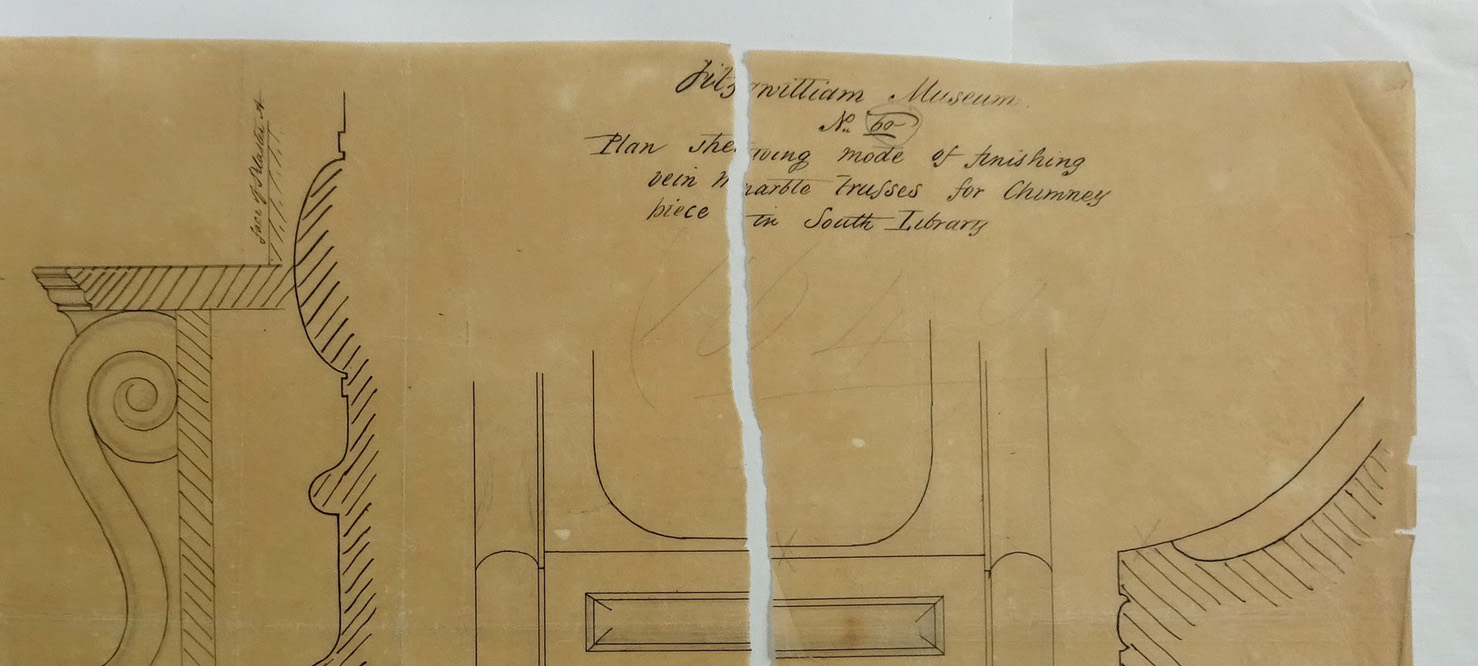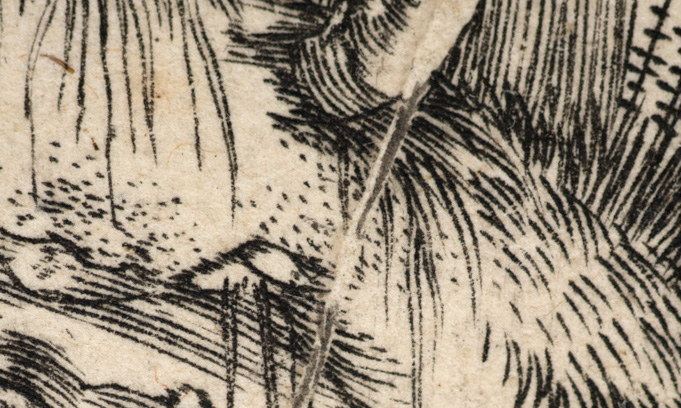The conservation team at the Museum receives feedback from Front of House staff that numerous visitors touch objects on open display despite the Museum’s general ‘Please Do Not Touch’ policy. We have anecdotal evidence, but we needed to find out the scale of the problem and whether this was a risk to some or all of the collections on open display. Collections Care is about balancing preservation with access: we looked at whether that balance was working on both sides, or neither.
Methodology
To understand the likelihood of visitors touching collections and the potential damage caused by this, it was important to establish the prevalence of the problem. In 2018, we embarked on a project in which volunteers were recruited to undertake observation sessions. Between February 2018 and February 2019, they observed visitor behaviour around a pre-selected group of objects on open display.
The range of collections types observed included:
- Framed oil paintings
- Upholstered furniture
- Gilt furniture
- Marble/stone furniture
- Wooden furniture
- Carved stone, including figurative sculpture and sarcophagi
- Stone/plaster figurative sculpture
- Stone and metal abstract form sculpture
The range of display methods observed included:
- Plinths of varying heights and depths
- Kickboards (1-2cm thick wooden boards beneath furniture)
- Paintings above furniture
- Rugs beneath furniture (that can be walked on but provide visual distinction)
While display methods provide some deterrence from tactile engagement, additional deterrent methods included:
- Visibility of and communication from staff
- Do Not Touch signs (written in English only, no symbol) placed on or next to collections
- Do Not Touch messaging on floor plan leaflets and website
With 1200 volunteer hours contributed to visitor observation, the data-set was substantial and indicated which objects were more vulnerable to touching by visitors.
Every effort was made to include a variety of different types of collections, display methods and gallery spaces. The data highlight some common risks across these collections, which allows for assumptions to be extrapolated to other collections and galleries.
Results
The furniture pieces were far more vulnerable to both tactile engagement and accidental touches. A great deal of this was due to the positioning of the furniture.
The greatest occurrences of accidental touches were for textiles and furniture placed in the centre of rooms. These were for pieces that potentially forced people to change their route of walking to avoid touching them, when looking at paintings or exiting/entering the gallery space. This is unsurprising and supports anecdotal evidence.
Interestingly, having furniture in the centre of rooms did not necessarily attract more non-tactile attention from visitors overall. The furniture had significantly fewer instances of visual engagement than paintings or sculptural pieces.
Case Studies
Paintings with Furniture
Three items were under observation in the one gallery: a commode, a painting and a triptych. The furniture received significantly more tactile engagement, both accidental and purposeful, than the triptych on a plinth and the large painting displayed above the commode.
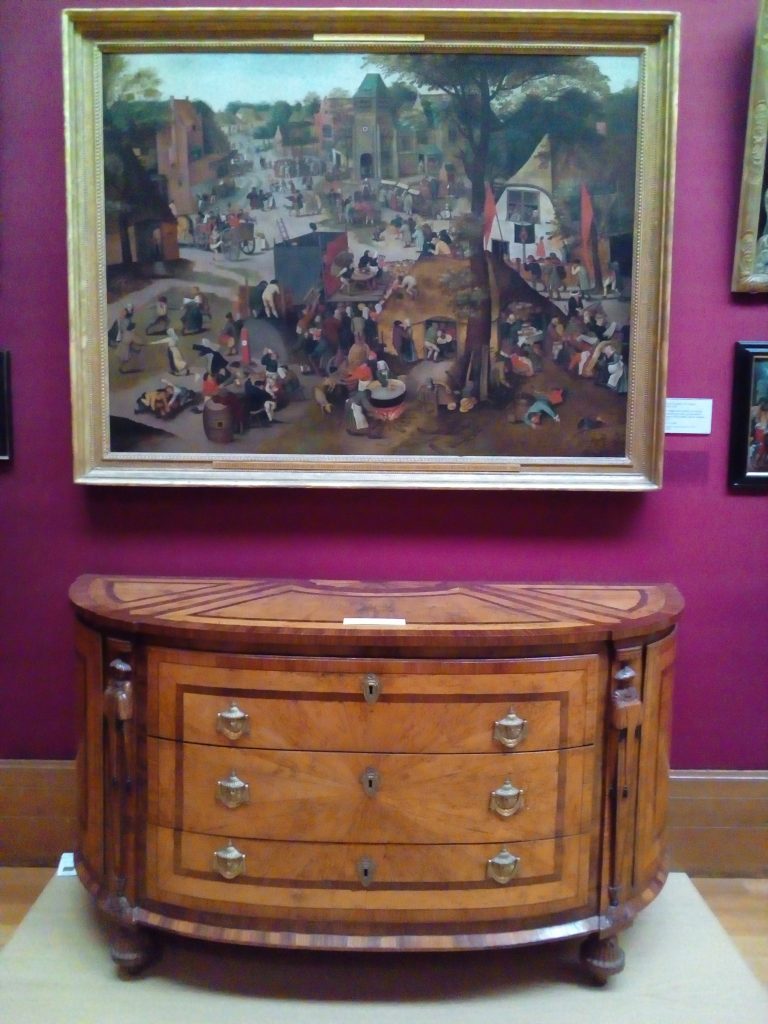
However, over three times more people engaged (visually and through touch) with the painting hanging above the commode, than the commode. It is worth noting that the painting is of significant interest to visitors as it is well known and features frequently in group talks. It demonstrates the increased risk of physical damage to furniture placed below popular paintings.
There were more instances of touching of the commode (but not the painting) at weekends. This could be due to the higher number of visitors in the space, rather than because of any differences in visitor demographics.
The way the triptych is displayed seemed to eliminate the risk of accidental touches, with none recorded during the 57 hours of observation. The content of the painting (religious) and age in contrast to the painting above the commode may also explain the absence of tactile engagement.
Location and display change of the sculpture
The sculpture of Venus was observed in two different locations. The first location was in the Courtyard area of the Museum, near to the shop, café and entrance. The figure was on a large plinth and displayed next to an abstract metal sculpture. The second location was on the landing of the main entrance, in the historic setting of the original building. Here, the figure was on a kickboard (rather than a plinth) and displayed near to other sculptures of similar style.
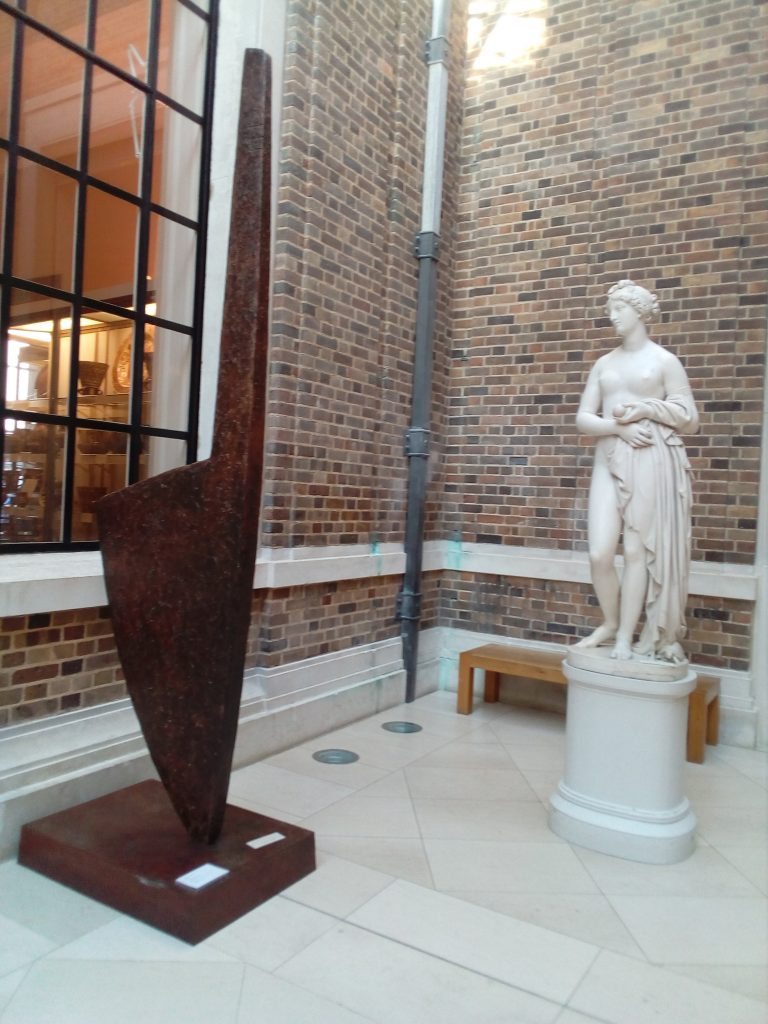
While in the Courtyard, it attracted attention from two visitors per hour on average, and 16% of this engagement was tactile.
While displayed on the Founder’s Entrance Landing, it attracted attention from six people per hour, but only 6% of the engagement was tactile.
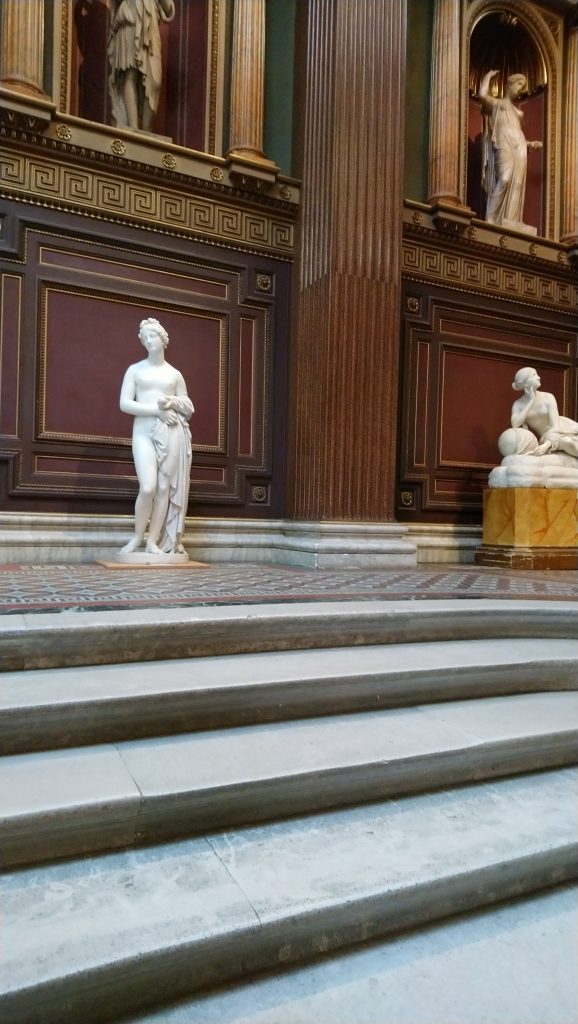
16% tactile engagement is relatively high compared to other objects under observation, however the change in location and method of display significantly reduced it. While the loss of the plinth caused concern over the vulnerability to physical damage while on display, the change in location significantly affected visitor behaviour towards this sculpture.
So, despite removing the plinth and moving the Venus to an area where there is less visual presence of Museum staff, the engagement went up, but the rate of touching reduced significantly.
Discussion
Various publications address both the history of the museum and how visitor experiences have changed.[1]A selection of publications to explore further include: Chatterjee, H., MacDonald, S., Prytherch, D. and Noble, G. (2008). Touch in museums. Oxford: Berg Classen, C. (2007), ‘Museum Manners: … Continue reading
Research does not just focus upon the objects, but also the museum environment: lighting, sounds, layout and design, and the demographic of the visitor all play a part.
The conservation discussions on balancing access and preservation are important when curating a display and considering educational objectives. However, with any collections care risk assessment, it is important to understand the implications of mitigation strategies – the ways in which these affect visitor experience but also how they may or may not improve overall collections preservation.
When considering the collected results of any risk assessment for the display of collections, there are several aspects to consider: display method, placement within a space, type of display space, visual appeal, novelty, and visitor perception. These aspects need to be integrated alongside the typical risk-assessment focus, such as material and construction vulnerability to touch. This results in a more nuanced risk assessment and potentially allows for more suitable protective or deterrent methods, as well as more ‘relaxed’ display methods.
COVID-19
With the arrival of COVID-19, we were thrown into an unknown world for all sorts of reasons. One of the benefits, however, was that the members of the Visitor Services team were keeping track of which collections were being touched by visitors. In the beginning, this was to reduce the risk of virus transmission – collections were initially barriered or otherwise isolated if touched.
This continuing record-keeping has highlighted issues that had not been considered initially. We can see which individual pieces, as opposed to general types of objects, are at highest risk. We have also been able to monitor damage and ask questions about whether risk mitigation strategies need to be adapted.
It has become clear how important touch is as a sense. And in collections care, with every barrier we put up (physically or nonphysical), we have to ask what we are removing from the visitor experience and whether that sacrifice is worth it.
References
| ↑1 | A selection of publications to explore further include:
Chatterjee, H., MacDonald, S., Prytherch, D. and Noble, G. (2008). Touch in museums. Oxford: Berg Classen, C. (2007), ‘Museum Manners: The Sensory Life of the Early Museum’, in Journal of Social History, Vol. 40, No. 4, pp. 895-914 Elliott, M. (2006), ‘Side Effects: Looking, Touching, and Interacting in the Indian Museum, Kolkata’, in Journal of Museum Ethnography, No. 18 ‘Looking Backward, Looking Forward’: Papers from the Thirtieth Anniversary Conference Held at Manchester Museum, pp. 63-75 Ferilli, G. (1990), ‘Museum environments, visitors’ behaviour, and well-being: beyond the conventional wisdom’, in Museum management and curatorship, Vol. 32, Issue 1, pp. 80-102 Kottasz, R. (2006), ‘Understanding the Influences of Atmospheric Cues on the Emotional Response and Behaviours of Museum Visitors’, Journal of Nonprofit & Public Sector Marketing, Vol. 16 Issue ½, pp.95-121 Lister, A., & Banks, J. (2008) ‘Unlimited Access: Safeguarding Historic Textiles on Open Display in Public Buildings in the UK’ in Conservation and Access, Contributions to the London Congress, 15-19 September 2008, pp.156-161 Lloyd, H., Brimblecombe, P. and Lithgow, K. (2007), ‘Economics of Dust’, in Studies in Conservation, Vol. 52, No. 2, pp.135-146 Maerker, A. (2015), ‘Towards a Comparative History of Touch and Spaces of Display: The Body as Epistemic Object’, in Historical Social Research/Historische Sozialforschung, Vol. 40, No. 1 (151), Special Issue: Law and Conventions from a Historical Perspective, pp. 284-300 Pye, E. (2007). The Power of Touch, Walnut Creek, California: Left Coast Press. |
|---|
























